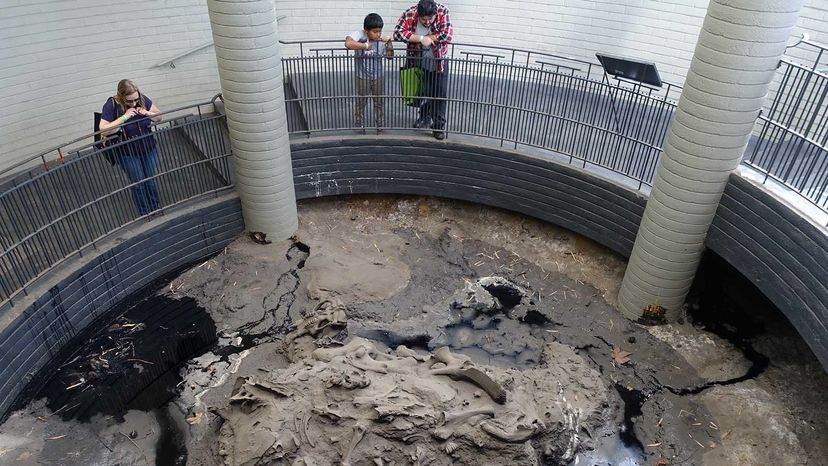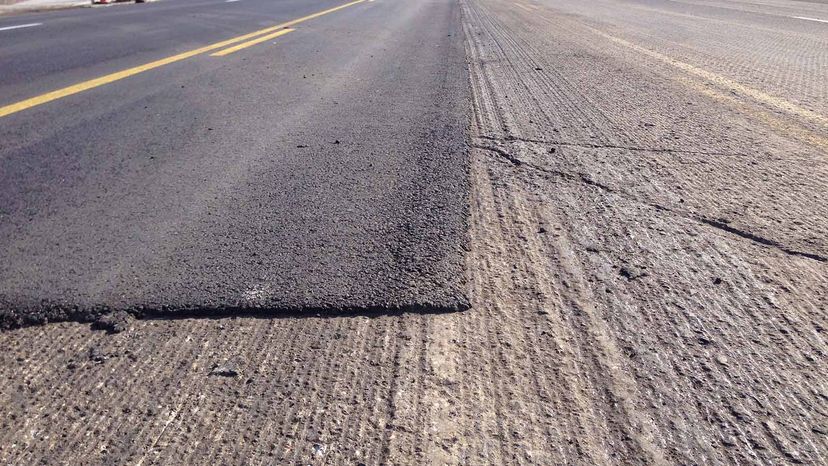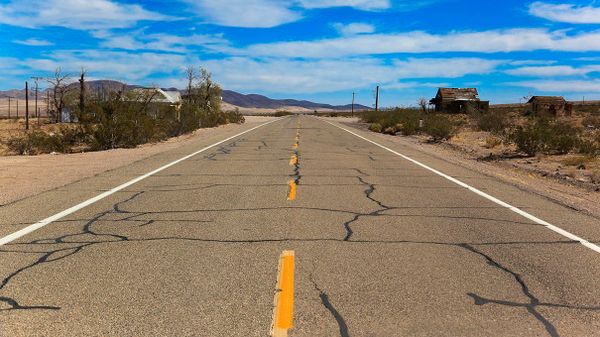All the talk of oil refining may make asphalt sound like a relatively modern invention, but the first recorded use of asphalt in a road was in Babylon in 615 B.C.E.; asphalt and burned brick were used to pave a procession street during the reign of King Nabopolassar, according to the NAPA. The Romans used it to seal structures like baths and aqueducts. When English explorer Sir Walter Raleigh turned up at Pitch Lake in Trinidad in 1595, he used the asphalt for caulking his ships.
"It's been used in other non-road functions throughout history," Willis says. Using it as a binder in roads became more common in the 1800s. John Loudon McAdam, who built the Scottish turnpike, added hot tar to reduce dust and maintenance on roads. This method also improved driving conditions.
In the United States, bituminous mixtures (asphalt concrete) first appeared in the 1860s, and the first "true asphalt pavement" was laid in Newark in 1870 by Edmund J. DeSmedt, a Belgian, according to NAPA. It was modeled after a natural pavement highway in France. DeSmedt then paved Washington, D.C.'s Pennsylvania Avenue with asphalt from Trinidad, further proving its durability.
Enterprising chemists and inventors soon filed patents for different blends of asphalt pavement mixture, which appeared under a variety of names. As the industry grew, cities began requiring warranties on workmanship and materials. Until the early 1900s, nearly all asphalt came from natural sources, but with the launch of the first modern asphalt plant in East Cambridge, Massachusetts, in 1901 and the increase in automobiles, requests for better roads invigorated the asphalt industry. By 1907, natural asphalt production was overtaken by refined petroleum asphalt.
"People started demanding better modes of transportation," Willis explains. "The roads where people started using the asphalt to keep the rocks together held up longer than the conventional dirt road that people were used to." Driving on a gravel road versus one that was paved offered a significantly different experience. Finally, the 1956 Federal-Aid Highway Act helped transform the roads in the United States still made of packed dirt and created the 48,876-mile (78,658-kilometer) Interstate System in the U.S.





